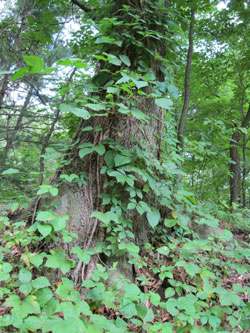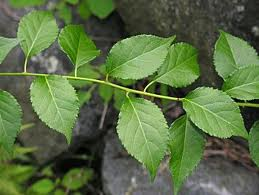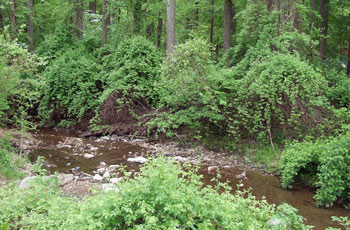Increasing carbon in the atmosphere is making it hard for most animals and many plants, but there’s one group of plants that’s luxuriating in the new-found warmth: poison ivy and other vines.
Poison ivy is growing faster, bigger and more potent.
If you don’t know how to identify the shiny 3-leaf plant, now’s the time to figure it out. And if it’s growing up your trees, it’s time to remove it.

More carbon often leads to more plant growth, but vines including native poison ivy and invasive plants like Asiatic bittersweet, English Ivy and Asiatic honeysuckle that climb on trees are among those benefiting the most. Leaves are much bigger than they were, it grows faster and thicker, consuming edges of woodlands and choking trees.
Deer, bear and other animals eat the leaves and birds spread seeds when they eat the white berries. But it causes an itchy rash when humans come in contact with it.
Along with a doubling of poison ivy growth since the 1960s, the potency of the oil poison ivy produces has also doubled, Lewis Ziska, a research weed ecologist with the US. Department of Agriculture told the Pittsburgh Post-Gazette.
Americans may scratch their way into a climate-altered future, he says, because "The chemistry of the oil itself changes in such a way that it more likely will produce a rash when you come in contact with it."
"Poison ivy and vines in general really, really benefit from higher atmospheric CO2," Jacqueline Mohan, assistant professor of biology at the University of Georgia, told the paper. "Vines use the infrastructure of trees, which means they can use carbohydrates generated from photosynthesis to make bigger, greener leaves."
Vines flourish by wrapping around trees – that hinders tree growth, allowing the vines take control. When they get to the top they use the tree’s crown as a platform, which smothers and kills the tree.

In her surveys of forest plants in South Carolina she finds that poison ivy is one of only a few plants that’s becoming more abundant in coastal plain forests.
When people come in contact with poison ivy – either by touching a leaf, touching a pet that’s come in contact with it, or even by weed-wacking it, it enters the air – most react to the oil that gets into the skin, causing a rash.
The oil – urushiol – is harmless but most peoples’ immune systems react to it as a foreign invader, which causes the rash. Some people are so sensitive to it that just a pinhead worth of oil can land them in the hospital.
As much as we hate Monsanto, using Roundup is the most effective, easy way to kill these vines. Simply cut the vine at the bottom about an inch above the soil. Use a small paint brush to smear it on the exposed root.
Oriental Bittersweet:


